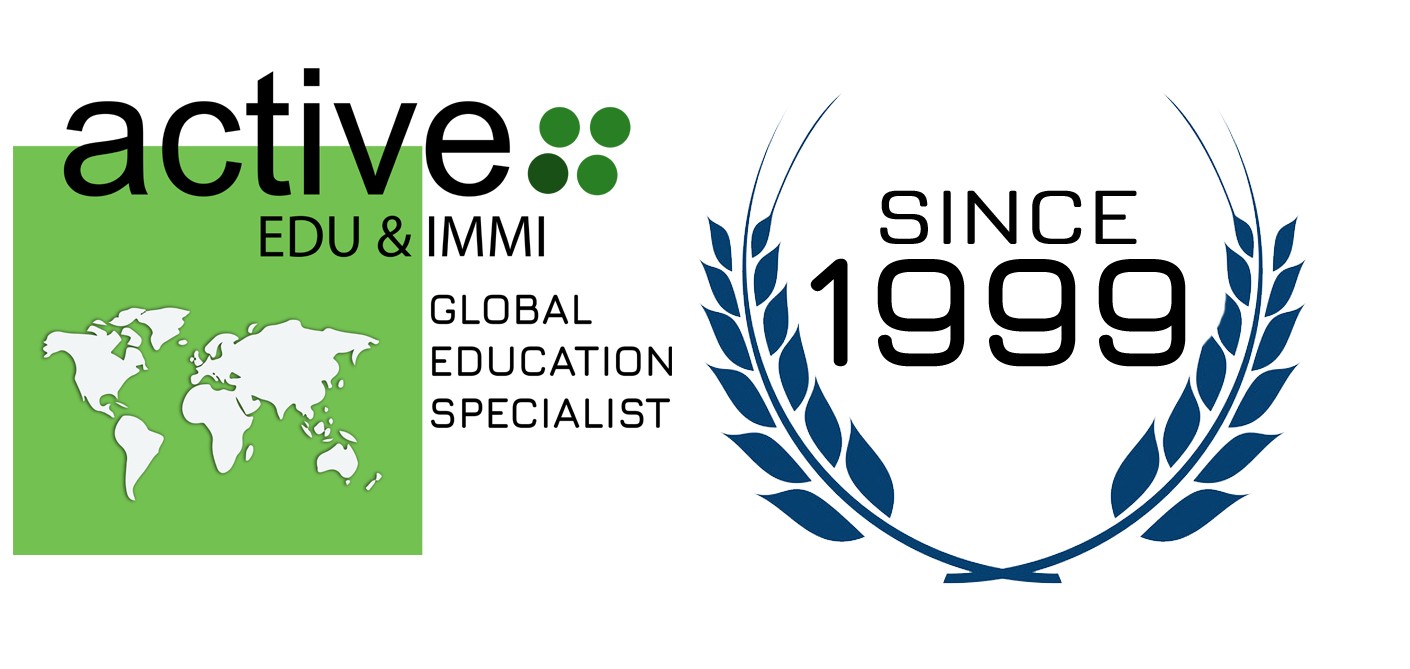Last 22 January 2024, the Honourable Marc Miller, Minister of Immigration, Refugees and Citizenship Canada (IRCC), announced significant measures to stabilise the growth of study permits and safeguard the integrity of Canada’s international student system. Prime Minister Trudeau emphasised the vitality of international students in Canada and the need to protect them from concerning practices.
In response to numerous concerns, the government will cap new international student permits at approximately 360,000 for 2024, marking a 35% decrease from the previous year. These measures aim to protect genuine students, alleviate pressure on essential services and ensure a sustainable path forward for international education in Canada.
Prioritising fairness and a sustainable future
The Canadian government will implement a two-year cap on study permits to address challenges posed by rapid increases in the number of international students. This emphasises the government’s commitment to protecting the welfare of international students and ensuring a positive educational experience. The decision, aimed at promoting fairness and sustainable growth, reflects the nation’s dedication to maintaining the integrity of its immigration system.
The newly introduced measures highlight a commitment to fairness, with individual provincial and territorial caps established based on population. The term “caps” refers to limits or restrictions on the number of study permits issued to international students in each province or territory of Canada. Its purpose is to regulate and manage the influx of students and align with the resources available in different regions. For example, if the provincial cap is set at 10,000 study permits only, and the province exceeds this limit, only the first 10,000 eligible applicants would be granted the study permits. Furthermore, the caps are also weighted by population, meaning provinces or territories in Canada with larger populations may have higher caps than those with smaller populations.
Lastly, this addresses concerns about rapid increases in international student numbers, focusing on regions experiencing unsustainable growth. The temporary measures are designed to foster a supportive environment for genuine international students, with plans for ongoing collaboration between the government, provinces, territories and educational stakeholders to refine sustainable pathways and recognised institution frameworks.
Changes to the post-graduation work permit program
Beginning 1 September 2024, positive changes to the Post-Graduation Work Permit program aim to provide international students with increased opportunities. Graduates of master’s and other short graduate-level programs will now be eligible to apply for a three-year work permit, ensuring a more extended period for gaining valuable work experience. This addresses previous limitations on work experience for master’s graduates. Open work permits will only be available to spouses of international students in master’s and doctoral programs. However, international students who begin a study program as part of a curriculum licensing arrangement will no longer be eligible for a post-.
Moreover, adjustments will exclude students enrolled in master’s and PhD programs under curriculum licensing arrangements. Current study permit holders will not be affected, aligning the program with the broader goal of promoting integrity and fairness.
Each province and territory will receive a cap, weighted by population, resulting in more substantial decreases in areas with the most unsustainable international student growth. Ontario, with an expected 50% decrease in student numbers, is anticipated to be the hardest-hit province, according to ministers. As of 22 January 2024, study permit applications submitted to the IRCC will require an attestation letter from the relevant province or territory.
The provincial and territorial caps signify a considerate approach to addressing the impact on various regions. While urban metropolitan areas, notably the Greater Toronto Area, might experience more noticeable changes, the government’s emphasis on collaboration and consultation with stakeholders highlights a commitment to a positive and balanced transition. The recent requirement for attestation letters from provinces and territories is an additional step in ensuring a streamlined application process.
Temporary measures and future assessments
The announced temporary measures will be in effect for two years, with a reassessment of new study permit applications in 2025. The temporary cap is viewed as a positive step toward creating a more sustainable and supportive environment for international students in Canada. The government’s commitment to reassess the number of study permit applications in 2025 reflects an ongoing dedication to adapting and redefining policies collaboratively.
During this period, collaboration with provinces, territories, learning institutions and national education stakeholders will continue to develop a recognised institution framework, establish sustainable international student levels and ensure adequate student housing, demonstrating a positive commitment to international student success.
Reception and concerns
While advocacy bodies welcome the efforts to curb potential issues, concerns about the overall cap’s potential impact have been acknowledged. The government recognises the importance of a balanced approach. It is committed to dialogue with provinces, territories and institutions to address concerns and pave a sustainable path for the international student community. They intend to work closely with institutions to address these concerns and restore Canada’s reputation as a welcoming destination for international students.
In summary, Canada’s recent measures signify a positive shift towards creating an environment that prioritises the well-being and success of international students. The commitment to fairness, collaboration and ongoing reassessment reflects a nation dedicated to fostering enriching educational experiences while maintaining the integrity of its immigration system.
To learn more about the opportunities available for international students and get updates about education in Canada, don’t hesitate to get in touch with our team at activedhaka@gmail.com



